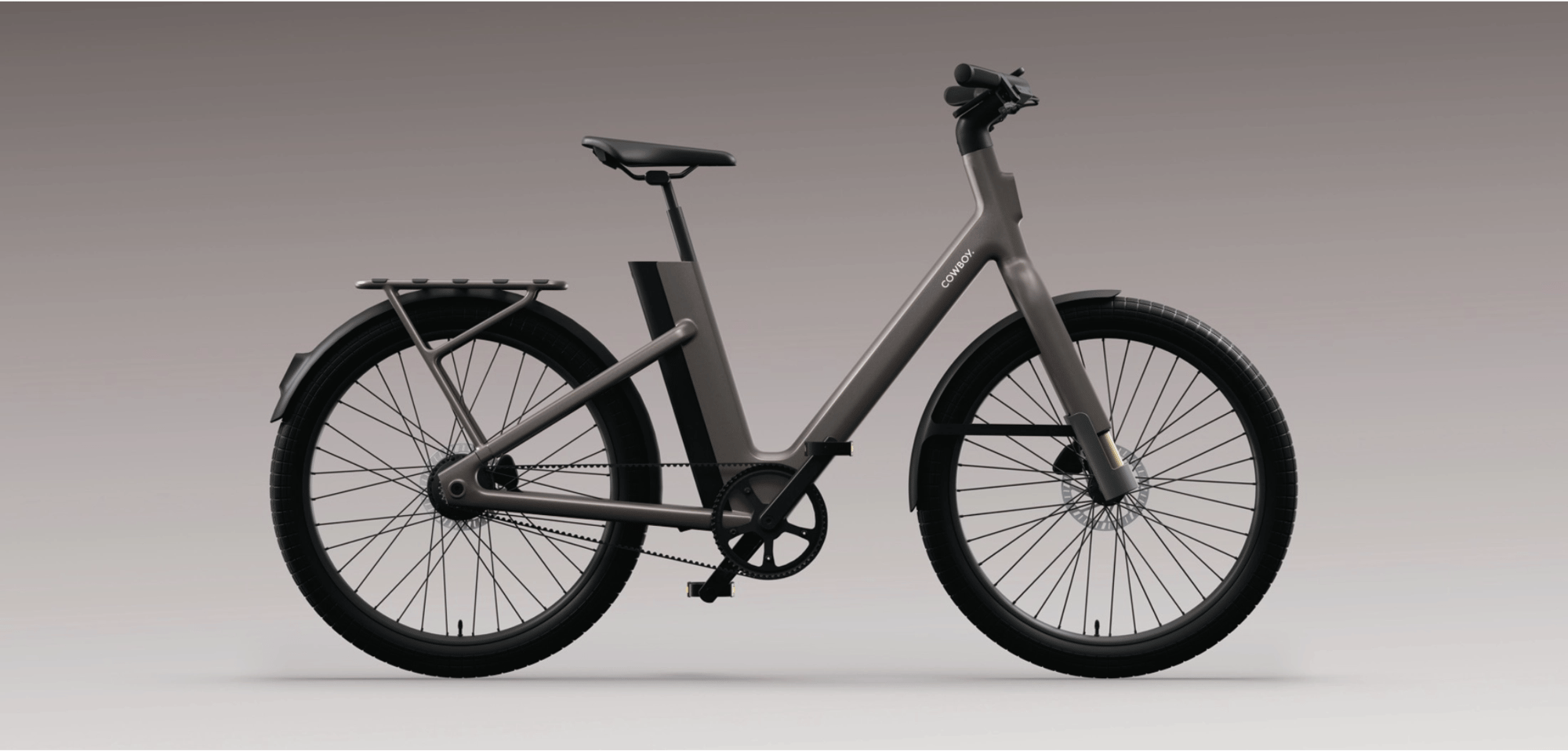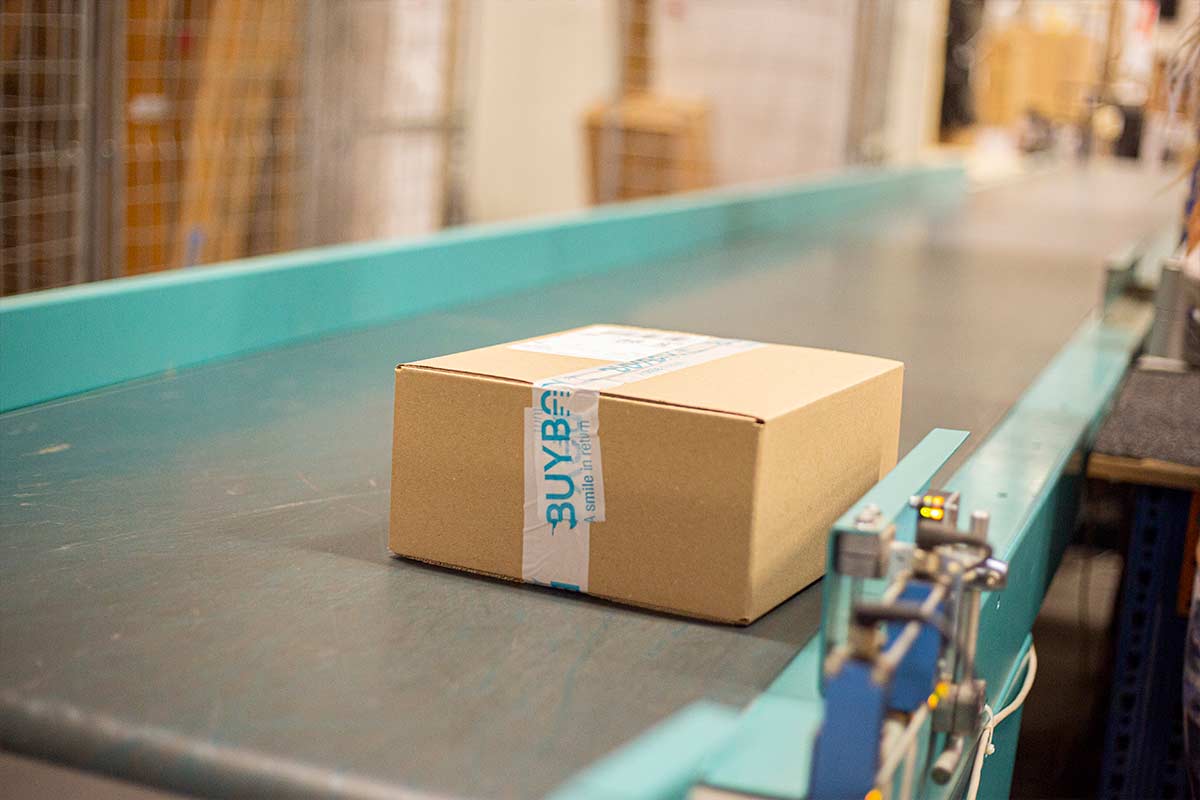Cowboy Migrates to AWS and Gains Scalability with Ease Using CloudNation
Ebike manufacturing company Cowboy needed to keep riders connected to provide a great customer experience but faced an uphill ride when its system couldn’t scale.

Cowboy, an e-bike manufacturer headquartered in Brussels, Belgium, was outgrowing its infrastructure, which could have affected the rider experience if left unresolved. It had already reached the largest option its cloud provider offered but was starting to encounter latency issues related to data retrieval. Although the company was not yet experiencing downtime or affecting availability to customers, it was clear that its systems would eventually be overwhelmed if it didn't make a change. Working with AWS Partner CloudNation, it migrated to Amazon Web Services (AWS) to remove performance bottlenecks and optimize its use of resources and its costs.

Cowboy Needed a New Path to Maintain Growth
Cowboy provides highly connected electric bicycles (ebikes) for urban riders. Founded in 2017, the company now has customers in more than 2,500 towns and cities across Europe, completing more than 1.5 million rides per month. Cowboy's bikes use smart features and cellular connectivity to provide advanced functions to users. As an anti-theft feature, the bike can alert the owner if it is being moved, jostled, or struck. The bike also incorporates a find-my-bike feature that allows users to locate a stolen bicycle. When a user taps in to the in-app-based Cowboy app before a ride, the app also tells them about the bike's charge status.
Safety Features of Cowboy E-Bikes
Cowboy also uses connectivity to improve the safety of riders with automatic crash detection. When sensors detect a crash, the app sends a text message to the rider to check their status. If there is no response, Cowboy alerts the rider's pre-programmed emergency contact. "I think we've solved a lot of worries—those safety fears, that users might have about living and riding a bike—with those features," says Zachary Diebold, lead software architect at Cowboy. "In addition to those safety features, our ebikes offer other capabilities that are attractive to younger riders and that produces a lot of data."
Growing Data Streams Required New Infrastructure
Cowboy's largest volume of data came from route tracking—including recorded routes, average speed, and able/speed at any point. The system generated 25 pieces of data per second for every user. However, the volume of data being generated was growing too large for the company's infrastructure to manage. "We had maxed out what we could do later on in terms of data capabilities," says Diebold. "We were growing fast, so we needed a scalable solution."
Limitations of Existing Cloud Provider
Cowboy had launched its infrastructure in the cloud using a provider that offered managed services in various tiers. The tiers didn't provide the root access to servers that Cowboy wanted and provided limited access to logs. "It was a plug-and-play solution," says Diebold. "But everything was behind fixed walls and certain configurations. We didn't need a lot of RAM, we didn't need powerful servers, but we had to pay for the highest tier because we didn't have full control. We had a vision that was bigger than our provider and it was becoming very limiting."

Migrating to AWS using CloudNation Delivers Scalability and Flexibility
The company approached AWS to learn how it could gain the capabilities it needed. After discussing Cowboy's current situation and ambitions for the future, an AWS representative put the ebike manufacturer in contact with AWS Partner CloudNation.
"AWS contacted us and explained the situation and, after hearing about the tight timeline, we were ready to help," says Bart Boonen, co-owner and chief technical officer of CloudNation. "Swift action was crucial. They needed something done quickly or their environment was going to affect their business. We promptly assigned two members of our team to collaborate with their team and immediately got to work."
New AWS Infrastructure for Data Storage and Analysis
Working with CloudNation, Diebold's team was clear about its needs. The team wanted a database that could scale and could be replicated in a data warehouse application so that it could run analysis on it without affecting performance. Cowboy also wanted deep insights into its data so it could be analyzed to drive better business decisions.
The database was migrated to Amazon Aurora, a relational database management system (RDBMS) built for the cloud with full MySQL and PostgreSQL compatibility. Cowboy's solution also uses Amazon Simple Storage Service (Amazon S3), an object storage service offering industry-leading scalability, data availability, security, and performance. Elastic Load Balancing distributes network traffic to improve application scalability. The system is secured using Amazon GuardDuty, which combines machine learning, ML and integrated threat intelligence from AWS and leading third parties to help protect AWS accounts, workloads, and data.
Knowledge Transfer from CloudNation
Diebold's team didn't just gain the environment it needed, it learned how to develop and deploy an AWS infrastructure as well. "says Diebold. "Before we migrated, the first thing that CloudNation did to start up machines on a testing space on a staging server and we would then use that to start up on production. We could see exactly what was built and then we could spin down and spin up new environments as we pleased, on the AWS side of AWS infrastructure. This gave us a lot of experience from working with CloudNation."

"AWS contacted us and explained the situation and, after hearing about the tight timeline, we were ready to help"
Bart Boonen ● co-owner and chief technical officer of CloudNation
Cowboy Powered by Data-driven Decisions
Cowboy is using its new access to data to make better business decisions. It's now tracking about 30 pieces of data per second as riders use their ebikes. It can track when users needed battery assist—where the electric motor turns on to help move the bike—or when battery assist was insufficient for a rider's needs. It even uses data about where Cowboy ebikes have been stolen and where riders have had accidents to create alerts to riders—letting them know about dangerous areas.
"Seeing how people use their Cowboy in the real world helps us make good decisions about providing updates to the bikes," says Diebold. "But it's not just technical decisions. We can track when and where riders are using their bikes and know which areas might be good to add a dealer or a service shop. We can anticipate and respond to rider needs as they develop."
Community Building and Ride Data Sharing
Cowboy is using this increased access to its data to help riders build a better sense of community as well. Riders can share performance data and participate in leaderboards. The company has also recently released live ride tracking, meaning riders can share details of their ride and performance live.
Infrastructure Optimization
The flexibility that comes from building on AWS has allowed Cowboy to optimize its infrastructure to suit its needs. "We didn't have any control with our previous system," says Diebold. "We picked a tier and that was it. Now we're able to look at our needs and optimize everything. If we have more server capacity than we need, we can scale it down. If data grows, we can accommodate it. We've gained freedom in how we run our system and a much deeper understanding of the business."

Would you like to download this case study?
Click on the button below to download the article and learn more about Cowboy's journey to success on the AWS platform.
The correct tools and skills
The AWS services and tooling used in the Cowboy environment.



